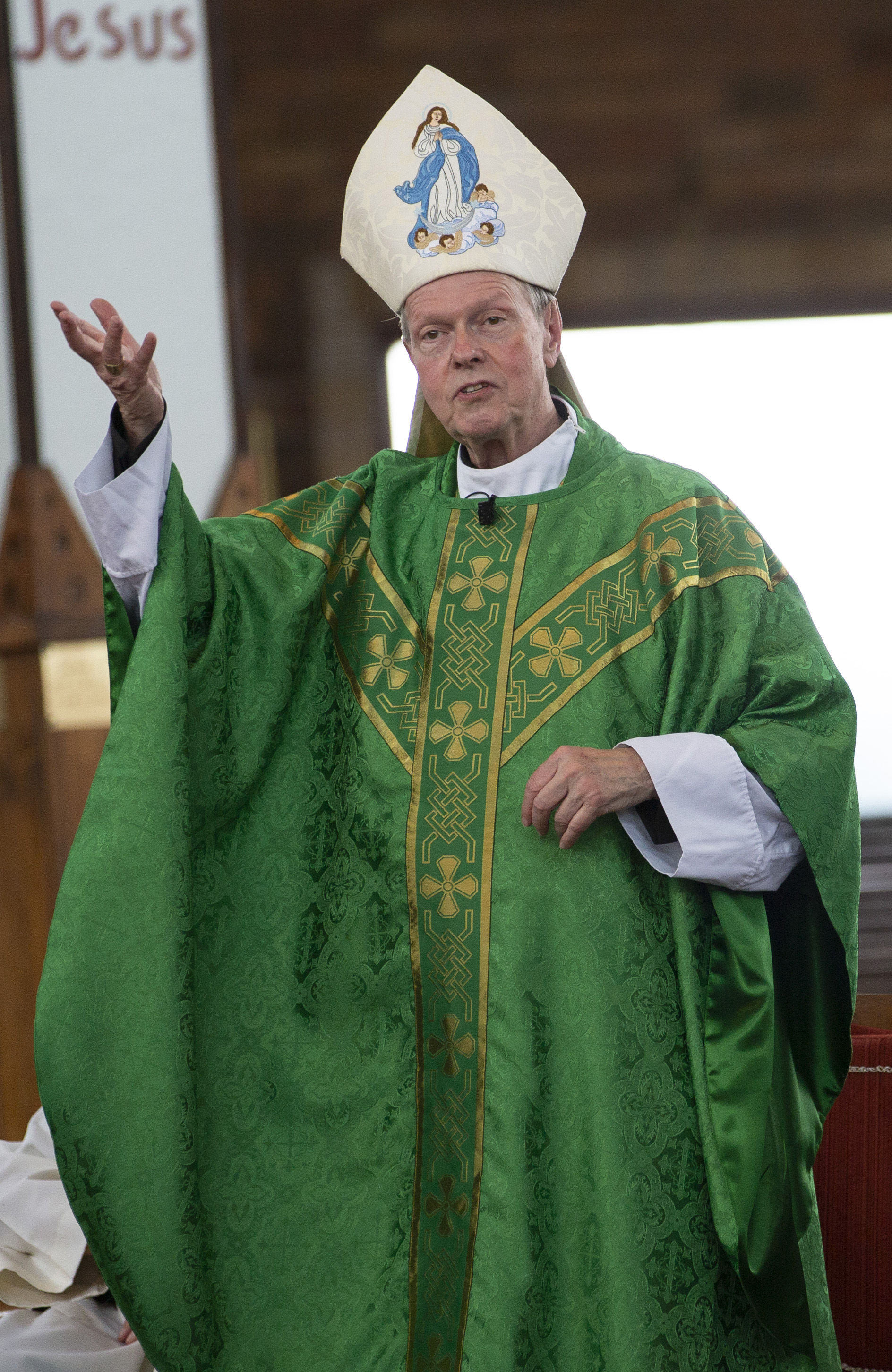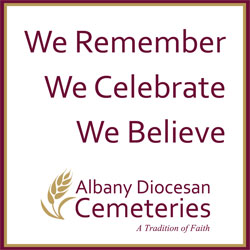March 9, 2021 at 9:48 p.m.
We are just over the halfway point in our journey of Lent. By tradition, this Sunday is called “Laetare Sunday,” from the Latin “rejoice.” We rejoice and are glad, because we are getting closer to Easter and the time when we celebrate the life and redemption that Jesus brought to us through his death and resurrection. We can also celebrate God’s amazing compassion and patience, even in the face of our faults and failings. Our First Reading, for example, lays out in grim detail a summary of the infidelities of God’s people; but also of God’s mercy and love (2 Chronicles 36:14-16, 19-23). As our psalm says, let us never forget God’s love for us (Psalm 137). St. Paul, not to be outdone, reminds us that when we were spiritually “dead,” God “who is rich in mercy” came to our rescue (Ephesians 2:4-10).
In the Gospel (John 3:14-21), we come in halfway through a conversation between Jesus and a man called Nicodemus. Nicodemus was a Pharisee, a learned and devout man of faith: he is interested in Jesus. He admires Jesus, but does so secretly because of his prominent position in society. By the way, we will meet Nicodemus again in the next few weeks, when Nicodemus asks for the body of the crucified Jesus. Nicodemus wants to know more about the Kingdom of God. He is attracted to Jesus’ message and he has seen all the great things that Jesus has done; yet he has doubts and many questions for Jesus.
In the excerpt that we read at Mass, Jesus says several fundamental things that teach Nicodemus (and us!) and help both to answer Nicodemus’ questions and to guide him on a journey of faith. First of all, Jesus gives a prophecy about his own death and resurrection. He refers to an incident when Moses and the Israelites were wandering in the desert after they had escaped from Egypt (Numbers 21: 4-9). The Israelites were grumbling and turning away from God and so a plague of serpents caused many to die. God tells Moses to fashion a bronze serpent and put it on a pole. When anyone would look at the serpent, they will recover and live.
Jesus uses this incident (that Nicodemus would have known well as a devout Jew) to speak about his own life-giving death and resurrection. Jesus too will be lifted up, not on a pole, but on the cross. The people will gaze upon the one whom they have pierced. Anyone who looks upon Jesus will be saved; not from the bite of a poisonous snake, but from the poison of sin and all that takes us away from God. After all, sin is indeed a form of poison that can destroy our life and indeed the lives of others, and certainly causes us to die in a spiritual sense.
Incidentally, this use of images or symbols happens a great deal in the Church, especially in our liturgy and prayer. The technical word for it is “typology.” We use types or shadows (as the hymn that is sung at Adoration says … “types and shadows have their ending”) to help us deepen our faith and understanding. Another good example of a type or shadow is again with Moses. Remember how Moses leads Israel through the Red Sea, escaping death from the army of Pharaoh and eventually leading the people to the Promised Land? This has always been seen as a type of baptism. Think about it. In baptism, we go through water to escape from the death of original sin (or, as some comment, the army of the devil) to a new life and, hopefully, the promised land of heaven.
Let us get back to our Gospel … Jesus, after using this image or type about the serpent in the desert, then says some of the most beautiful and comforting words in the Gospels: “for God so loved the world that He gave His only Son, so that everyone who believes in Him might not perish but might have eternal life.” Here Jesus gives us both the cause of our rejoicing (remember, it is Laetare Sunday) and the result or reason. God has given us His only Son (not just loaned, but actually “given”) so that we might have life.
So, a great prayer exercise this week would be to look at a crucifix or another image of Jesus for five or even 10 minutes each day. We should not say anything or feel that we have to do something. No, just look at the image of Jesus and give thanks for all that this means to us. It is a great act of devotion and prayer. Looking at this image can bring us healing and life and it can certainly lift us up. It should not feel strange to do this. After all, we often look at pictures of loved ones, as an act of love and appreciation for all that they mean to us or perhaps to reconnect with them … why not do the same for our Lord and Savior?
- Linger in contemplation at the manger with the Holy Family
- Across the world, Christmas shines even — and especially — in the darkest places
- Full text: Pope Leo XIV’s ‘urbi at orbi’ message
- Full text: Pope Leo’s homily on Christmas Day
- Open your hearts to baby Jesus and one another, pope says on Christmas
- Scripture series by popular Catholic speaker offers deep dive into the person of Jesus
- To turn away others is to turn away God, pope says on Christmas Eve
- Arriving at the manger with Caryll Houselander
- Barrett discusses Dobbs decision, Roe’s ‘flawed’ reasoning, life at the court, her faith
- Bishop: To welcome immigrants is to follow God’s ‘divine command’ to care for the stranger








Comments:
You must login to comment.